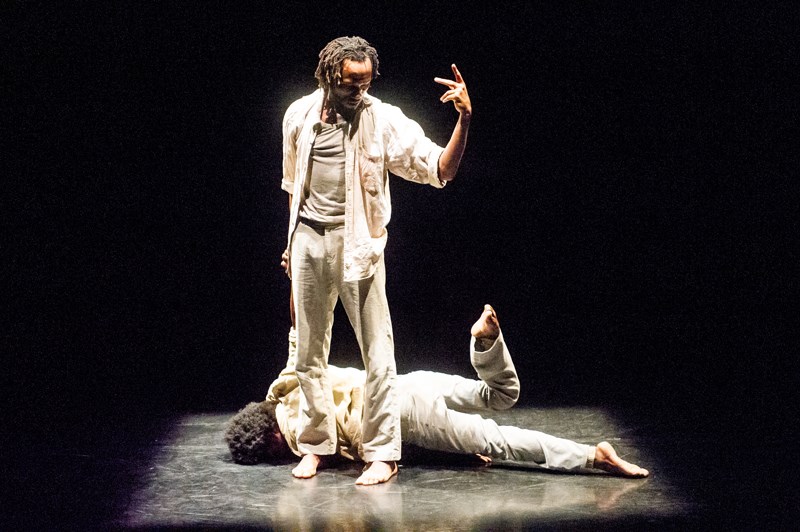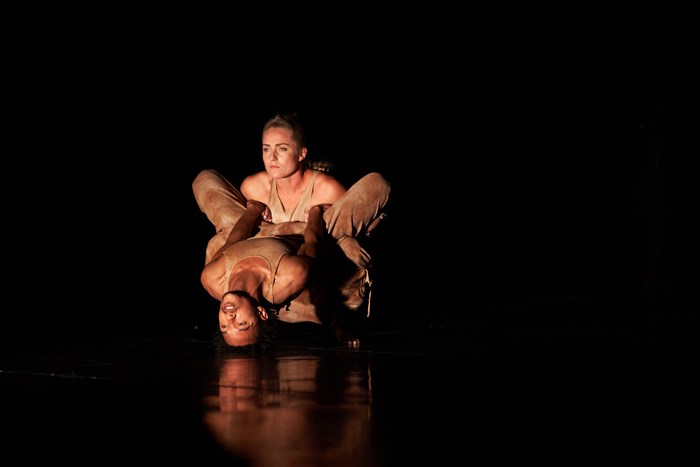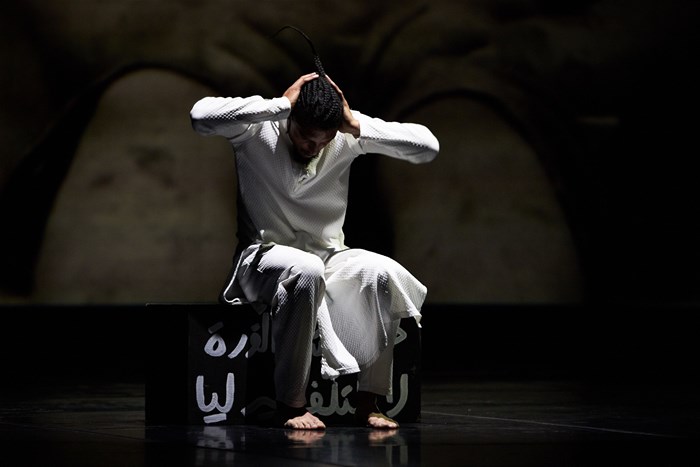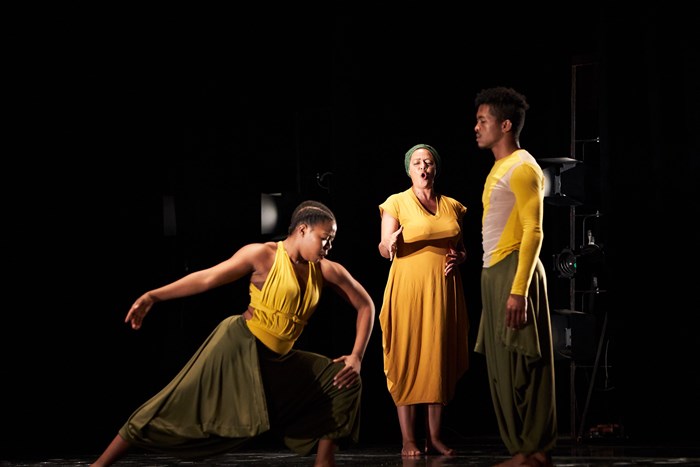
Top stories


Marketing & MediaCammy Msimango on finding her footing in South Africa’s fast-moving digital newsroom
Esther Tomorrow, MDNTV 7 hours




More news



The festival opened with performances by invited guests from Ethiopia, Rolex Mentor and Protégé 2004 Junaid Jemal Sendi and Addisu Demssie Kifle from Destino Dance Company. The connection I look for materialised after watching the short film, Holding Spaces, which linked their opening piece Ene Man Negn (Who am I) to a work similarly titled A Holding Space. An ode to what is now almost two decades of creative work in a partnership that continues to flourish, it’s summed up in Kifle’s words: “Where he is, I am. Where I am, he is.” It’s unforgettable.

For me to really connect with dance performances, they have to be emotive, powerfully narrative, or highly rhythmical. This year’s commissioned work by Nathan Bartman and Ciara Baldwin of CAN Creative ticked all those boxes and their effort was justifiably rewarded by the audience response night after night.
They have taken inspiration from the sights and sounds of the African bush – how animals connect and relate to each other and brilliantly presented the magic of their interactions and communication. The message? Do whatever you need to today in order to make it to tomorrow.
To be able to choreograph and perform with such mastery at such a young age bodes well for their future careers. I like the way audience member Jacqueline Dommisse describes it on a Facebook post: “Compelling and inspiring – by the end I could hardly breathe. So innovative and fresh – and such strength and power in the two dancers. I was blown away.” Many of us were moved to tears, more than once.

As the festival progressed over the 10-day period, audiences were treated to performances by established and emerging choreographers.
Aslama by Yaseen Manuel – disturbing, thought-provoking, heart-wrenching, tear-jerking. All of these apply. Social justice activist Lorna Houston calls it “resistance art, sobering, a mature and brilliant storytelling of the experiences of Syrians under siege, in particular, Muslim Syrians,” incorporating discernible prayer and the adhan to bring a “rarely seen image onto our stages... Islam. As always the dance moves (were) on point!”

Space by Jazzart Dance Theatre – how far these dancers have come in three years! Kudos to artistic director Sifiso Kweyama for his perseverance and dedication and, in this instance, taking a calculated risk at putting subject matter on stage that some audience members might reject. Punctuated by prose delivered by Khadija Tracey Heeger in Afrikaans, the youngest African language, first spoken by the Camissa (people of mixed racial origin or as the apartheid regime dubbed them ‘coloured’) and first written in Arabic script, enhanced the dramatic impact of the piece. Community psychologist Ezelle Theunissen says, “What stands out for me is the choreographer’s skill at highlighting the brutality of the VOC (Dutch East India Company) and all those who ‘stole’ this land (the British imperialists all the way through to the Nationalist apartheid government)… this against the backdrop of the San wisdom (‘we belong to the land’) vs the imperialist, and now also nationalist and tribalist notions of ‘the land belongs to.’ The profound irony is that the San have been near extinguished and their voices almost lost (some San languages have totally disappeared).”

A Portrait of Us by Mthuthuzeli November and Lee van der Merwe – choreographed on Cape Dance Company members Christopher Sherwood-Adcock and Mia Labuschagne is as well acted as it is danced. The complicated hand-and-arm movements, carefully calculated stagecraft, and fluid movements on, over and under each other keep the spotlight on intelligent artistic creation that tells a story audiences can relate to, remember, and revere.
Tweekérelkinners Driesongs Enabietjieopera by Faroll Coetzee and Dustin Jannetjies under direction of Alfred Hinkel performed by Garage Dance Ensemble was one of the reasons many of us were in the audience for the final performance. And we were not disappointed. I encourage readers to follow Garage on Facebook to make sure they never miss an opportunity to see dancers from this group perform, wherever they are in the world and especially if they’re at home in Okiep in the Northern Cape.
Nam and You by Mbulelo Ndabeni on Mbulelo Ndabeni N’Da Dance Company was the closing act. Ndabeni, East London-born but now based in London, uses the title which translates to “and I and you” to guide his exploration of the effects of the masks worn to fit in, the tensions around longing to connect with one’s home and the traditions that remain with you no matter where home is. Audience members shared a few other personal insights to the piece, proving again just how much contemporary dance can provoke thought and introspection among those who participate on and off stage. Hopefully, this programme will inspire more wonderful performances for next year’s festival and that the funding so desperately needed to ensure these platforms remain part of the South African arts and culture offering continues to increase.
